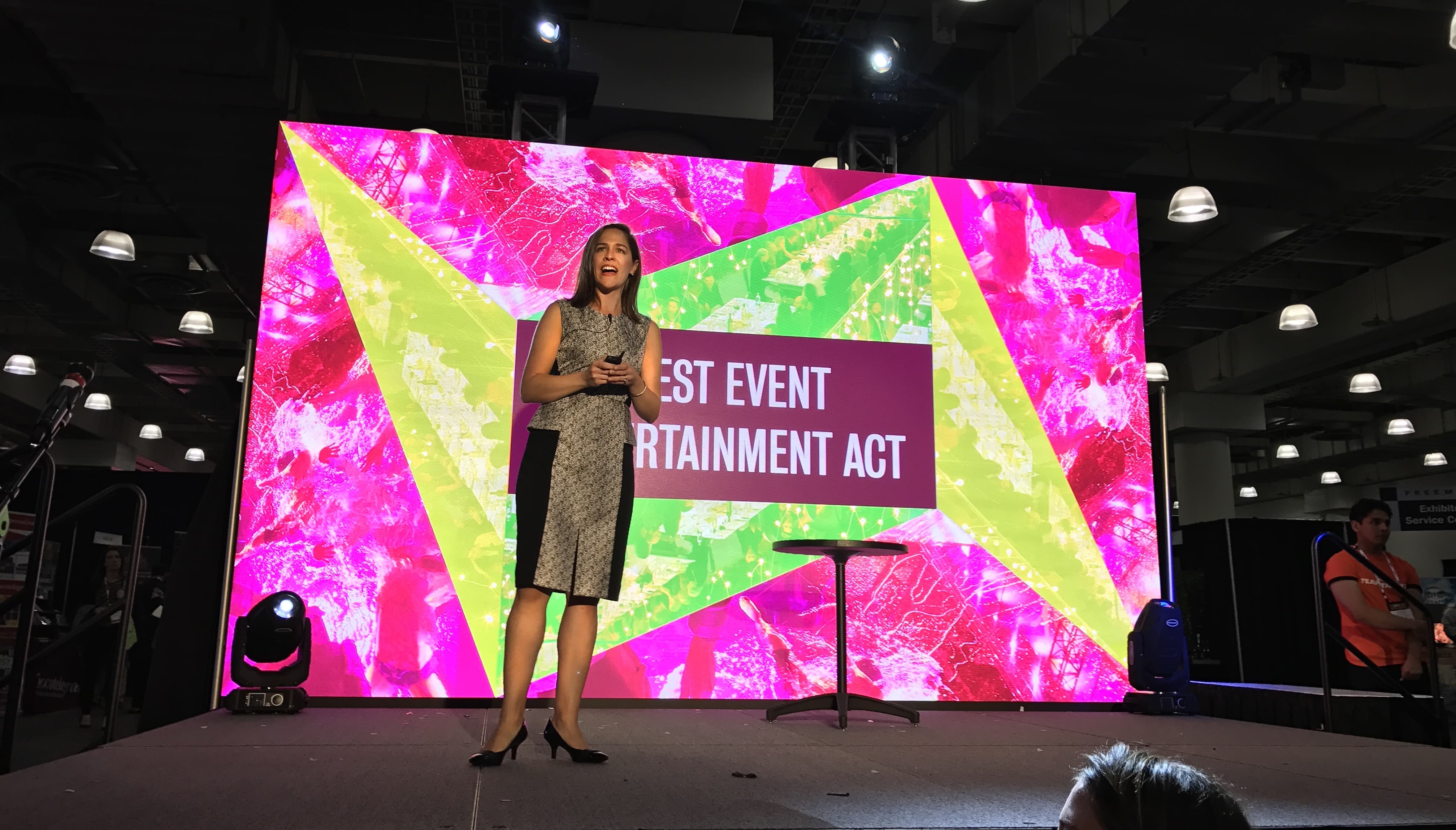Exploring the Diverse Connectivity Solutions Available for Light Emitting Diode Wall Modules
Exploring the Diverse Connectivity Solutions Available for Light Emitting Diode Wall Modules
Blog Article
Light Emitting Diode wall panels have secured traction for their capacity to deliver crisp imagery in various settings, from corporate environments to event venues. One of the primary aspects of these systems is their connectivity options, which allow users to connect them to different devices and systems. Comprehending the broad connectivity options available for LED wall panels is essential for maximizing their use and effectiveness. This discussion details these features, showcasing how they can adapt to specific needs and preferences.
One frequent connection method for Light Emitting Diode wall panels is HDMI. HDMI is broadly known for transmitting crisp video and audio streams between devices. This interface type is especially useful in commercial settings, such as meeting spaces or classrooms, where visual content or video content are often displayed. By using HDMI cables, operators can seamlessly link laptops, projectors, and streaming devices to Light Emitting Diode wall panels, guaranteeing a sharp and dynamic presentation of information.
Another commonly used interface option is DisplayPort, which is comparable to High-Definition Multimedia Interface but offers additional advantages. Display Port can support elevated refresh rates and display outputs, making it an excellent choice for gaming or graphic-intensive applications. For those deploying Light Emitting Diode wall panels in environments where performance is essential, such as competitive gaming venues or creative workspaces, Display Port can provide the required visual clarity. Moreover, many modern computers and graphics cards feature DisplayPort connections, making it a practical solution for tech-savvy users.
In addition to High-Definition Multimedia Interface and Display Port, wireless transmission methods are becoming increasingly prevalent in LED wall panel solutions. Cable-free interfaces allow users to share content without the need for physical cables, enabling a streamlined and more adaptable setup. Technologies such as Wi-Fi and short-range communication allow users to link smartphones, tablets, and laptops seamlessly to LED wall panels without cumbersome wires. This versatility is especially beneficial in fast-paced settings like exhibitions or slim profile led lights live functions, where rapid changes to displays are often needed.
For larger deployments or more complex configurations, LAN integration through wired networking is another viable solution. Wired links provide a consistent and reliable way to connect multiple LED wall panels within a network. This setup is suitable for electronic display use cases found in retail centers or transport hubs, where multiple panels may need to display synchronized content across a wide area. By using Ethernet cables and network switches, users can ensure that all linked panels receive uniform updates and content efficiently.
Finally, it's crucial to evaluate the evolution of interface technology with advancements such as Universal Serial Bus-C and Thunderbolt Three. These next-generation connection types offer enhanced data transfer speeds and flexibility by allowing one connector to handle both energy transfer and data exchange. As more systems incorporate these protocols, Light Emitting Diode wall panels equipped with Type-C ports will weblink likely become more common. This evolution in connectivity not only enhances the functionality of LED wall panels but also aligns with the growing trend of minimalism in technology setups by minimizing the number of wires required.
In summary, examining the broad interface methods accessible for Light Emitting Diode wall panels uncovers many opportunities for operators across various fields. From traditional methods like HDMI and DisplayPort to modern cordless technologies and LAN setups, each option serves unique purposes tailored to specific needs. Additionally, emerging technologies like Universal Serial Bus-C offer further developments in how professionals utilize Luminescent Diode wall panels. By grasping these integration choices, individuals can make informed decisions that enhance their overall experience with these multifunctional visual solutions.